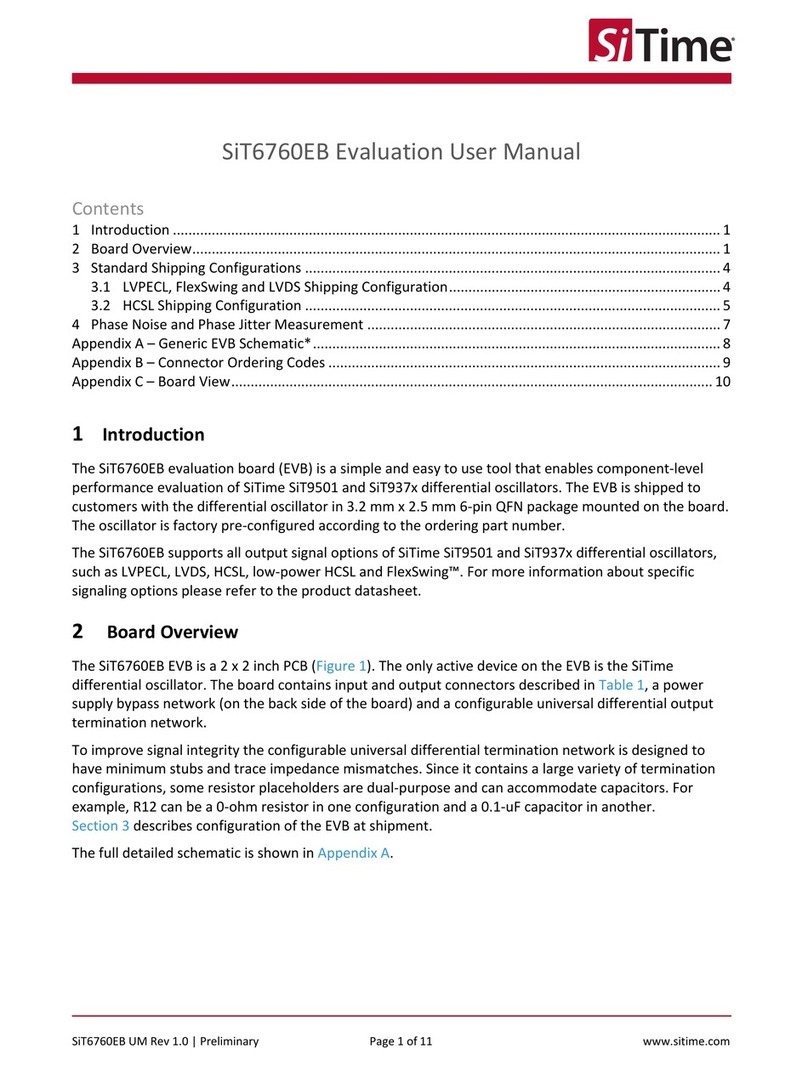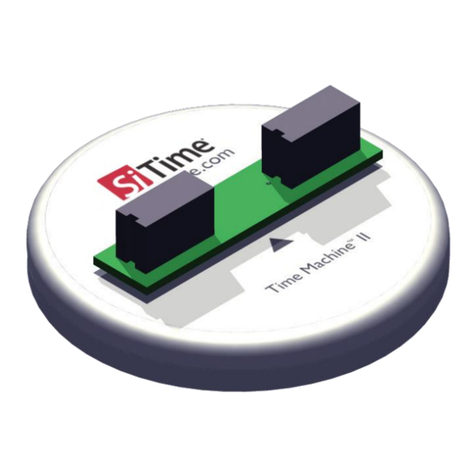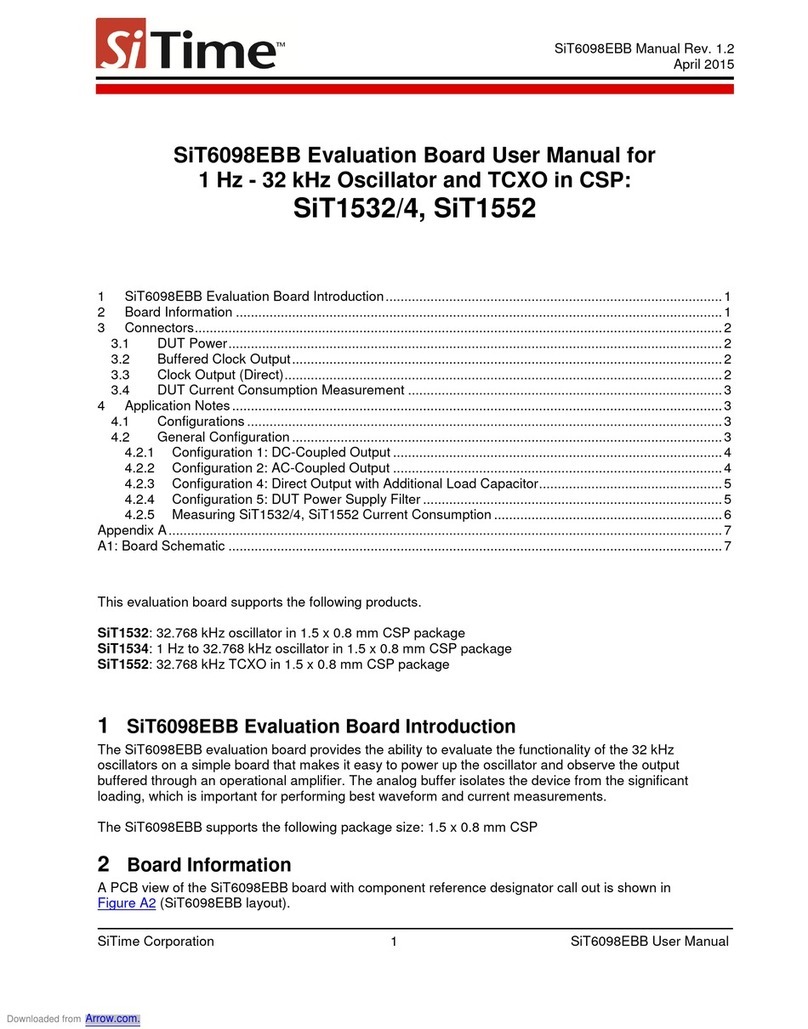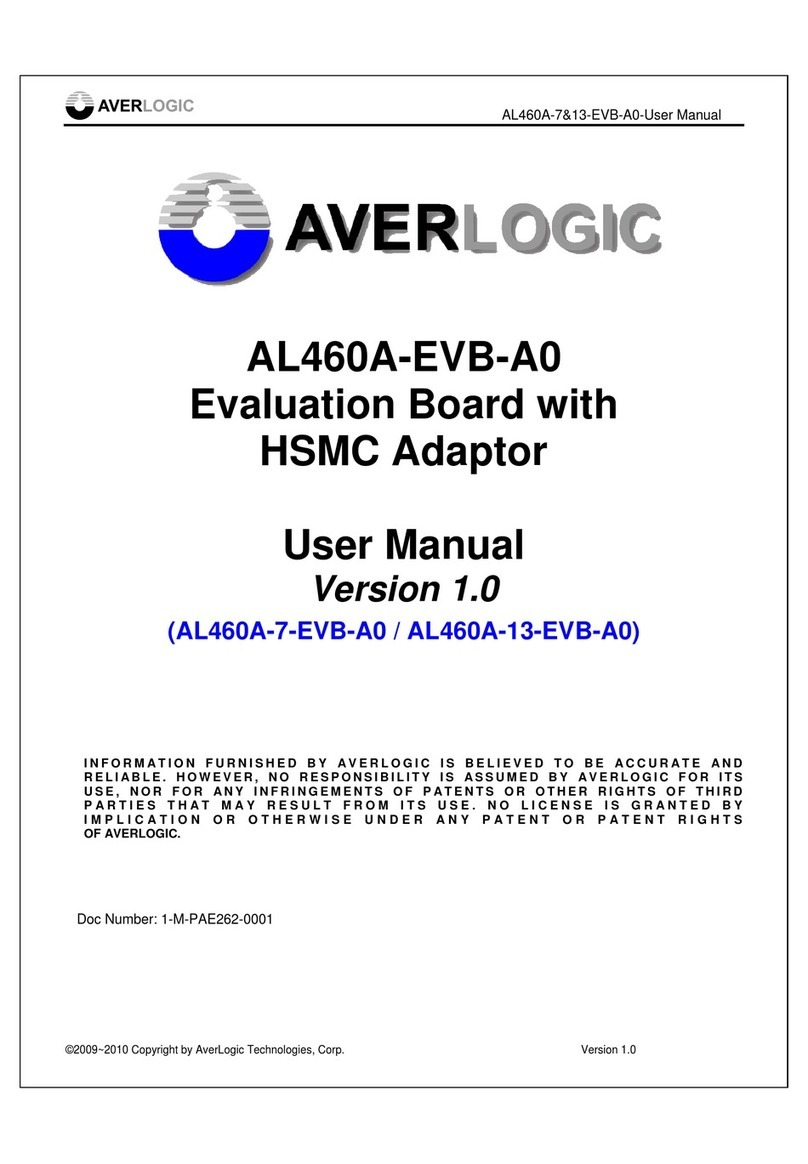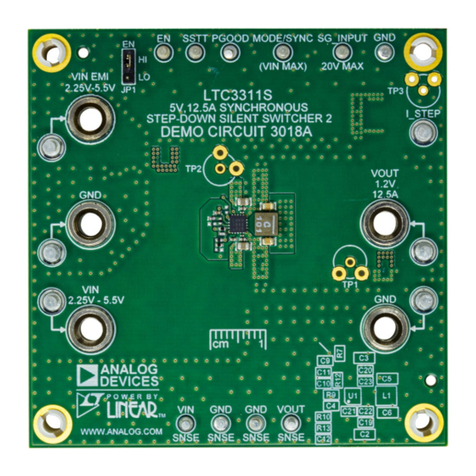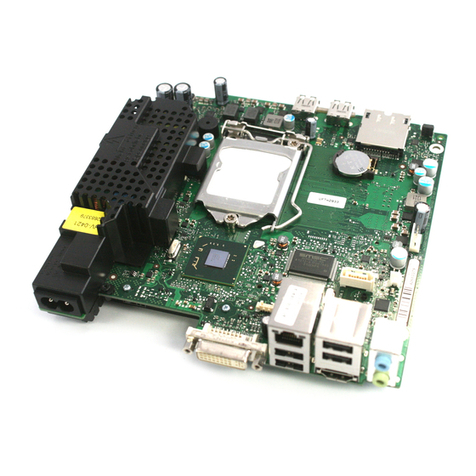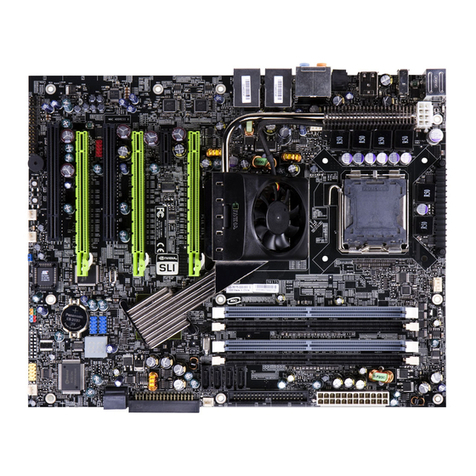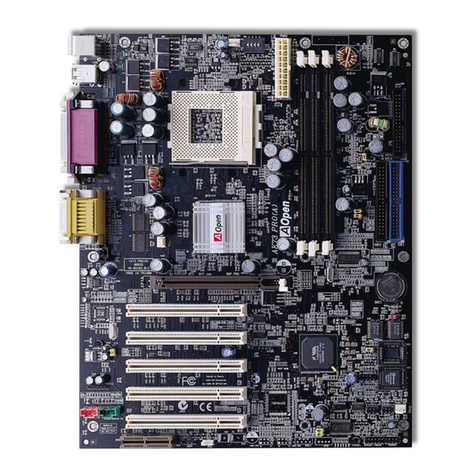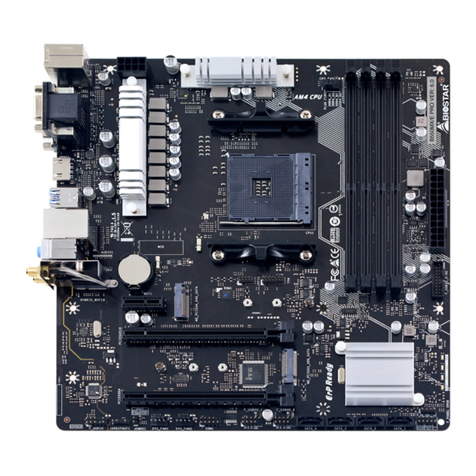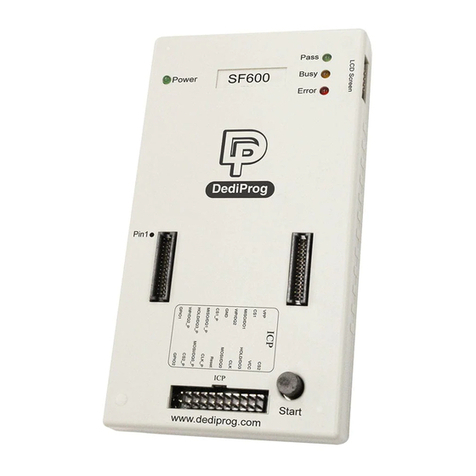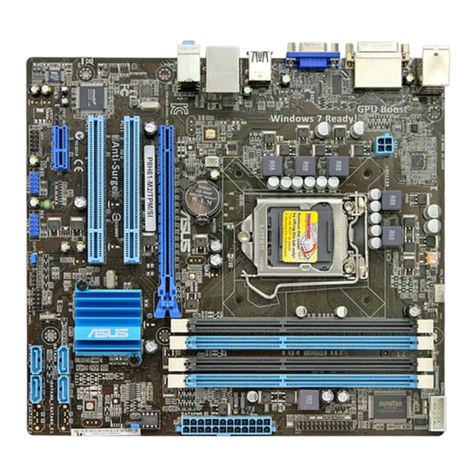SiTime SiT6722EB User manual

SiT-AN6722EB Manual Rev. 2.0
Page 1 of 8
www.sitime.com
SiT6722EB Evaluation Board
User Manual
Contents
1 Introduction ............................................................................................................................................. 1
2 I/O Descriptions ....................................................................................................................................... 2
3 EVB Usage Descriptions ........................................................................................................................... 2
3.1 EVB Configurations .......................................................................................................................... 2
3.1.1 I2C Support............................................................................................................................. 3
3.2 Waveform Capturing Using Active Probe ........................................................................................ 3
3.3 Measuring Jitter and Phase Noise ................................................................................................... 5
3.4 Current Measurement ..................................................................................................................... 5
Appendix A.................................................................................................................................................... 6
1Introduction
The SiT6722EB evaluation board (EVB) is designed for use with SiTime’s Elite Super-TCXOs in the 10-pin,
5.0 x 3.2 mm ceramic packages. It enables the evaluation of key functionalities of these precision Super-
TCXOs in all three configuration modes including TCXO, VCTCXO and DCTCXO with I2C.
EVB Features
-Support for all three Super-TCXO configuration modes: TCXO, VCTCXO, DCTCXO
-Probing points for frequency measurements
-Connector access for controlling the output frequency via I2C
-Connector for current measurement
SiTime typically ships the EVB with the Super-TCXO mounted using SiTime recommended reflow profile.
The Super-TCXO device should only be evaluated in its original soldered down state for best signal
integrity and frequency stability. The device performance is not guaranteed if it is de-soldered and then
re-soldered either manually or via reflow process.

SiT-AN6722EB Manual Rev. 2.0
Page 2 of 8
www.sitime.com
SiT6722EB Evaluation Board User Manual
2I/O Descriptions
Table 1. SiT6722EB I/O
I/O
Description
Power
SMA connector (J1), a two-pin connector (P5) for DC power supply.
Pins polarities are identified on the silkscreen pattern near the connector
(see A1 and A2). Two-pin headers (P3, P4).
Figures
Pin 1 access
A two-pin header (P7) provides access to the pin 1 of the Super-TCXO in either
OE mode or VCTCXO mode. In OE mode, pin 1 can be left floating as there is an
internal pull-up resistor
Frequency control
via I2C
A five-pin header (P9) provides access to I2C (SDA, SCL)
Output
Oscillator output can be accessed either using active probe or SMA connector.
The test points for active probe are placed closely to the oscillator output for
better signal integrity (see Figure A2). The output pin of the oscillator can also
be connected to the SMA connector (J2) through the R9 source termination
resistor.
Section 3.2
describes in details the recommended measurement
configurations.
Current
Measurement
A two-pin connector (P6) enables measuring the current consumption of the
device.
Service connectors
P1, P2, P3, P4 are reserved for SiTime internal use only.
3EVB Usage Descriptions
3.1 EVB Configurations
SiT6722EB can be configured to support all three Super-TCXO configuration modes including TCXO with
output enable (OE), VCTCXO with analog voltage control and DCTCXO with I2C.
Figure A1 in Appendix A shows the complete electrical schematic of SiT6722EB. Components labeled
“DNP” are not assembled.
Oscillator output waveform can be measured with an active probe in all configurations. The value of the
load capacitor C5 can be adjusted to match the load conditions in the target application. This enables
the user to measure waveform characteristics under similar conditions as close to those on the target
board as possible.
Shipment Configuration
SiT6722 is shipped without components labeled “DNP”on the schematic (see in Appendix A).Figure A1

SiT-AN6722EB Manual Rev. 2.0
Page 3 of 8
www.sitime.com
SiT6722EB Evaluation Board User Manual
3.1.1 I2C Support
The two pull up resistors (R10 and R11 with 4.7 kOhm value) need to be assembled to support the I2C
configuration. If requested, the EVB will ship with these resistors.
3.2 Waveform Capturing Using Active Probe
SiTime Elite Super-TCXO is a high speed logic output device. It is critical that the proper logic and high
frequency measurement techniques are used along with the high quality active probe in order to ensure
best measurement results.
SiTime recommends the following minimum equipment for proper clock waveform measurement
1) GHz or higher active probe with capacitance <1 pF, such as an Agilent1134A;
2) Oscilloscope with 4GHz bandwidth or higher such as a DSA90604A.
A passive voltage probe should not be used as it adds a high capacitive load to the part and the long
ground lead clip is not suitable for high frequency measurement applications. The inductance of the long
ground lead coupled with the input capacitance of the probe results in a resonant circuit. The
consequence of this resonance results in the distortion of the clock signal. Typical manifestations of this
distortion include ringing, overshoot, and undershoot of the clock signal.
Eliminating such distortion requires a probe with the lowest input capacitance and a low inductance
ground lead. In addition, SiTime Super-TCXOs are typically configured for fast rise and fall times (1 ns or
less) with 15 pF load. It is therefore critical that the probe tip ground be as short as possible, lowest
inductance, and the return path for the ground be located as close as possible to the trace carrying the
RF logic signal. Please refer to Figure A2 for test point locations on the SiT6722EB and an example of
proper probing.

SiT-AN6722EB Manual Rev. 2.0
Page 5 of 8
www.sitime.com
SiT6722EB Evaluation Board User Manual
3.3 Measuring Jitter and Phase Noise
For jitter measurements, make sure that SMA connector and source termination resistor R9 are properly
soldered on the EVB. R9 value should be 25Ωfor best source matching (refer to SiTime AN10002 for
more information). The R9 can be populated using one of the following options:
1) 0Ωresistor. This allows DC coupling the output to 50Ωinstruments directly. Note that due to
50Ωloading, the signal swing levels and rise/fall times will be different from those specified
in the datasheet.
2) 0.1uF capacitor for AC-coupling to 50Ωinstruments.
SMA connector is used to connect directly to the jitter measurement instrument, such as Time Interval
Analyzer (TIA) or high-bandwidth real-time oscilloscope. Jitter measurement technique is described in
SiTime AN10007.
The SMA can also be connected through 50Ωcoaxial cable to signal source analyzers or spectrum
analyzers to measure phase noise. In such case the use of AC-coupling configuration is recommended
because not all measurement instruments can accept DC voltage at their inputs.
3.4 Current Measurement
To measure the current, remove zero-ohm resistor R4, and connect the DMM or other current
measuring device across this connector. It is recommended to measure the voltage on DUT VDD and
adjust for any drop on the DMM to ensure known VDD voltage on the device.

SiT-AN6722EB Manual Rev. 2.0
Page 6 of 8
www.sitime.com
SiT6722EB Evaluation Board User Manual
Appendix A
Figure A1. SiT6722EB EVB Electrical schematics

SiT-AN6722EB Manual Rev. 2.0
Page 7 of 8
www.sitime.com
SiT6722EB Evaluation Board User Manual
Table A1. Bill of Materials (BOM)
#
Reference
Designators
Description
Qty
SMD component size
Value
1
C1, C2
Capacitors
2
Case A
10 uF
2
C3
Capacitor
1
0603
0.1 uF
3
C4
Capacitor
1
0603
0.01 uF
4
C5
Capacitor
1
0603
15 pF
5
R3
Resistors
1
0603
10 Ω
6
R4, R7
Resistor
2
0603
0 Ω
8
R6, R8, R10,
R11, R15, R17
Resistors
6
0603
4.7K
10
R18
Resistors
1
0603
51
11
R9
Resistor
1
0603
0 Ωor 24 Ω
12
L1
Inductor
1
0805
10 mH
14
J1, J2
SMA connector
1
-
-
15
P1, P2, P9
5-pin header
3
-
-
16
P3, P4, P7
2-pin header
3
-
-
17
P5, P6
2-pin connector
2
-
-
Table A2. Connectors Digi-Key Part Number
Connectors
Digi-Key
part number
Digi-Key
part number for
mating connector
Digi-Key
part number for
associated products
Power
WM2744-ND
ARFX1231-ND
732-5334-ND
WM2011-ND
WM1114-ND
Pin 1 access
732-5334-ND
-
-
Frequency control via I2C
732-5334-ND
-
-
OUT
ARFX1231-ND
-
-
Current Measurement
WM2744-ND
WM2011-ND
WM1114-ND

SiT-AN6722EB Manual Rev. 2.0
Page 8 of 8
www.sitime.com
SiT6722EB Evaluation Board User Manual
Figure A2. SiT6722EB EVB
SiTime Corporation, 5451 Patrick Henry Drive, Santa Clara, CA 95054, USA | Phone: +1-408-328-4400 | Fax: +1-408-328-4439
© SiTime Corporation, June 2019. The information contained herein is subject to change at any time without notice. SiTime assumes no responsibility or liability for any
loss, damage or defect of a Product which is caused in whole or in part by (i) use of any circuitry other than circuitry embodied in a SiTime product, (ii) misuse or abuse
including static discharge, neglect or accident, (iii) unauthorized modification or repairs which have been soldered or altered during assembly and are not capable of being
tested by SiTime under its normal test conditions, or (iv) improper installation, storage, handling, warehousing or transportation, or (v) being subjected to unusual physical,
thermal, or electrical stress.
Disclaimer: SiTime makes no warranty of any kind, express or implied, with regard to this material, and specifically disclaims any and all express or implied warranties, either in
fact or by operation of law, statutory or otherwise, including the implied warranties of merchantability and fitness for use or a particular purpose, and any implied warranty arising
from course of dealing or usage of trade, as well as any common-law duties relating to accuracy or lack of negligence, with respect to this material, any SiTime product and any
product documentation. Products sold by SiTime are not suitable or intended to be used in a life support application or component, to operate nuclear facilities, or in other mission
critical applications where human life may be involved or at stake. All sales are made conditioned upon compliance with the critical uses policyset forth below.
CRITICAL USE EXCLUSION POLICY
BUYER AGREES NOT TO USE SITIME'S PRODUCTS FOR ANY APPLICATION OR IN ANY COMPONENTS USED IN LIFE SUPPORT DEVICES OR TO OPERATE
NUCLEAR FACILITIES OR FOR USE IN OTHER MISSION-CRITICAL APPLICATIONS OR COMPONENTS WHERE HUMAN LIFE OR PROPERTY MAY BE AT STAKE.
SiTime owns all rights, title and interest to the intellectual property related to SiTime's products, including any software, firmware, copyright, patent, or trademark. The sale of
SiTime products does not convey or imply any license under patent or other rights. SiTime retains the copyright and trademark rights in all documents, catalogs and plans
supplied pursuant to or ancillary to the sale of products or services by SiTime. Unless otherwise agreed to in writing by SiTime, any reproduction, modification, translation,
compilation, or representation of this material shall be strictly prohibited.
Signal
Probe test
points
Table of contents
Other SiTime Motherboard manuals

SiTime
SiTime SiT6731EB User manual
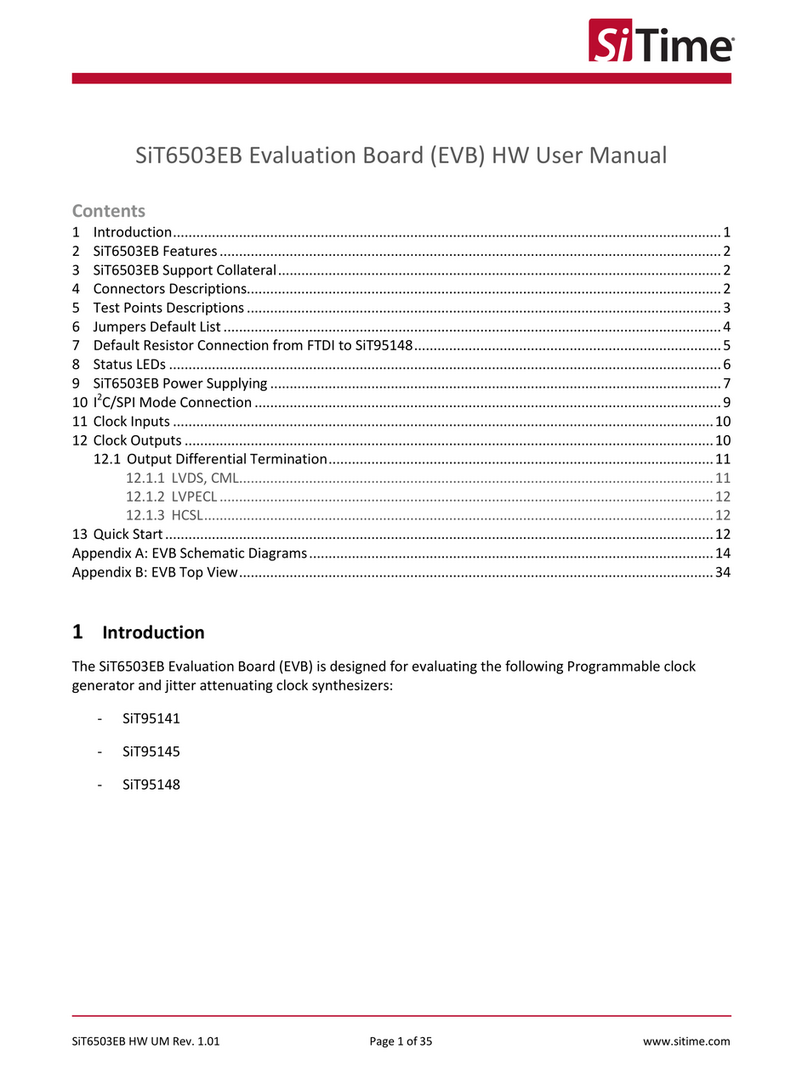
SiTime
SiTime SiT6503EB User manual
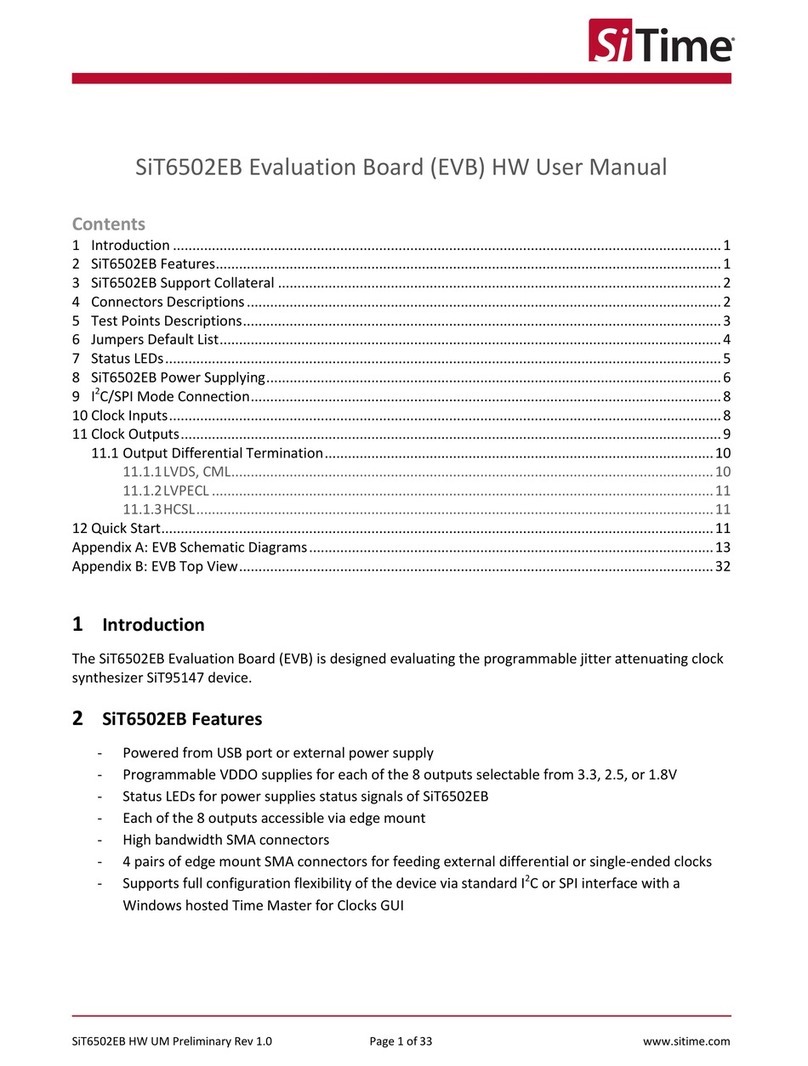
SiTime
SiTime SiT6502EB User manual

SiTime
SiTime SiT6098EBB User manual

SiTime
SiTime SiT95314 User manual
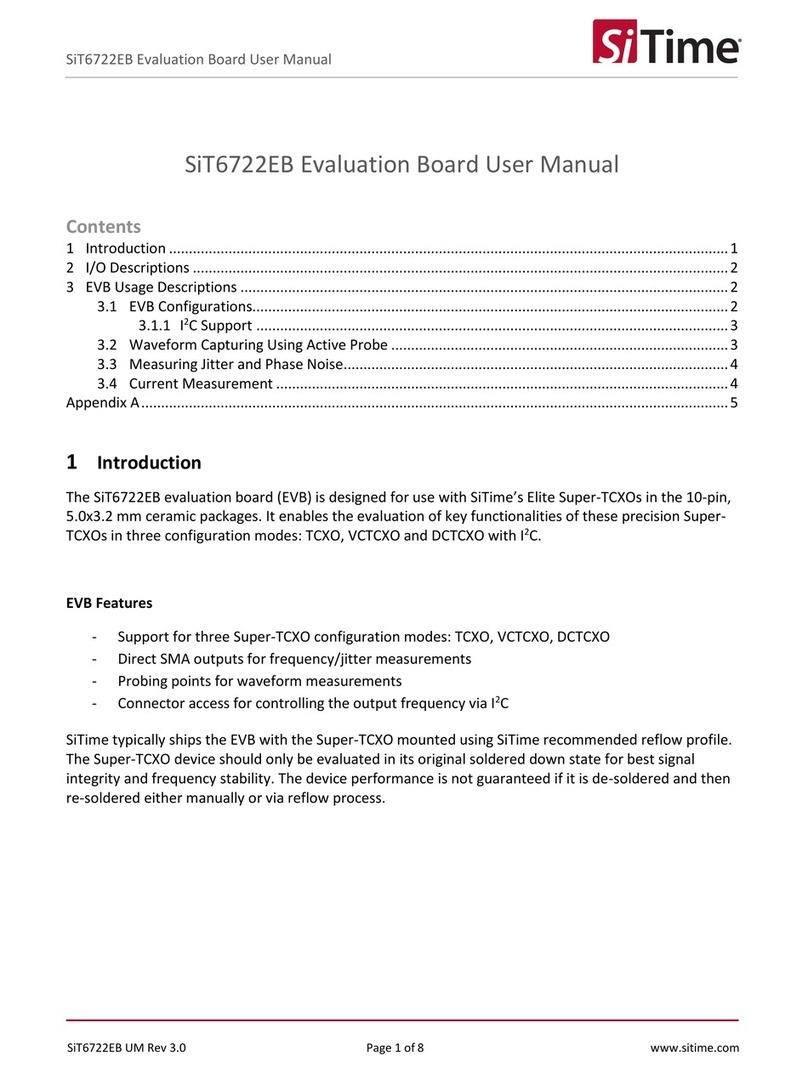
SiTime
SiTime SiT6722EB User manual
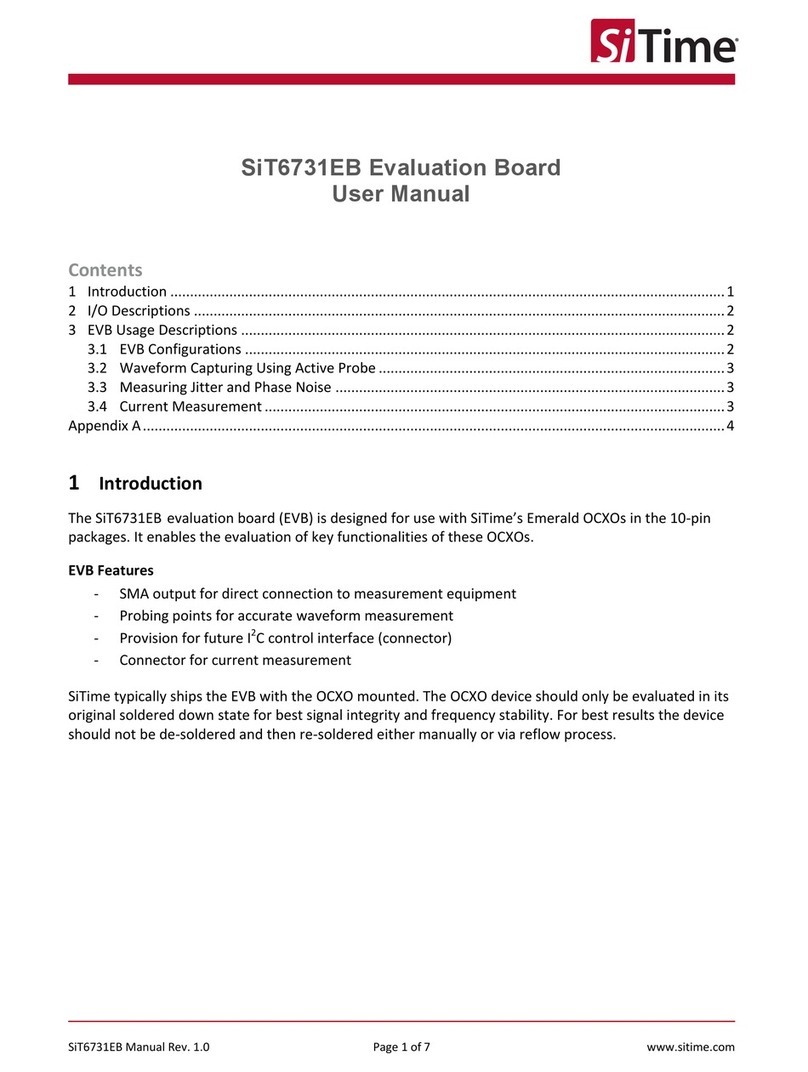
SiTime
SiTime SiT6731EB User manual

SiTime
SiTime SiT92216 User manual
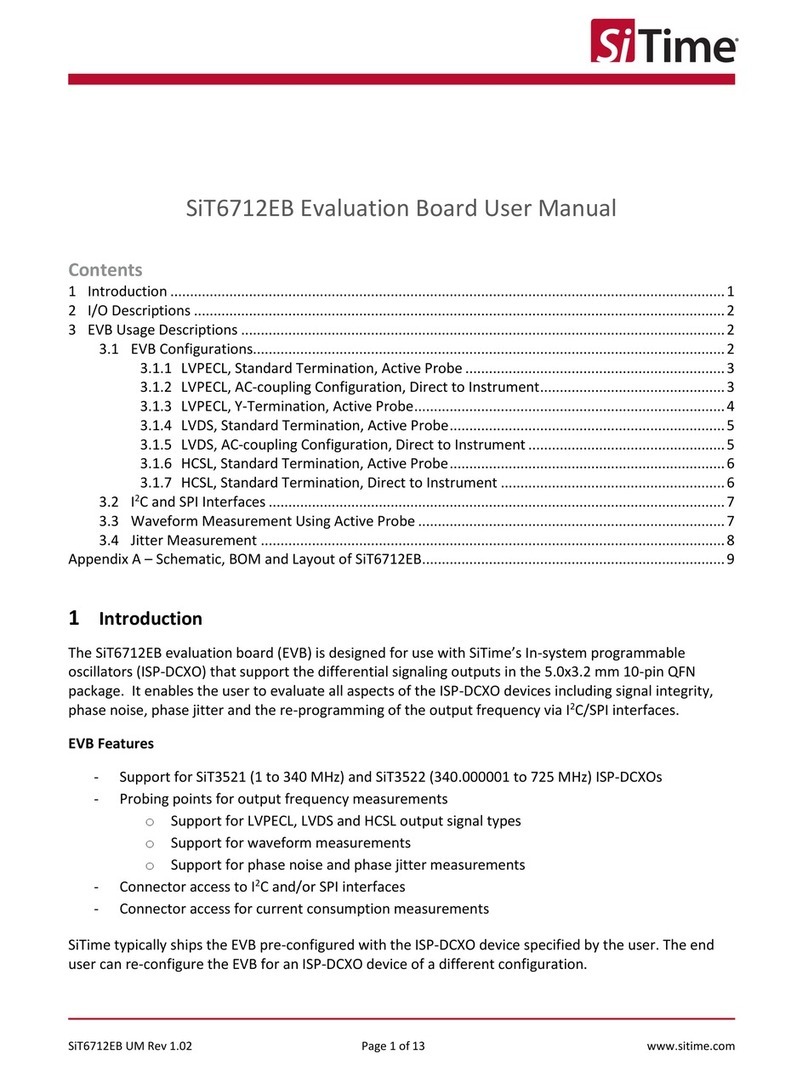
SiTime
SiTime SiT6712EB User manual

SiTime
SiTime Time Machine II User manual
Popular Motherboard manuals by other brands
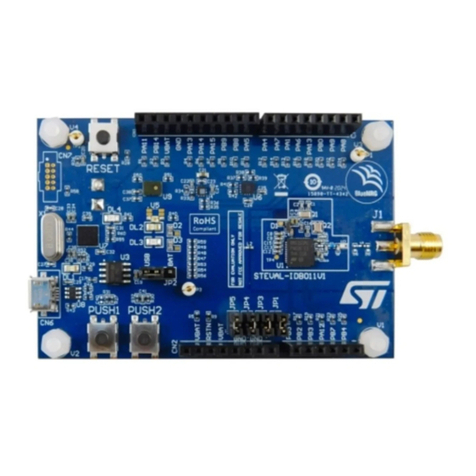
ST
ST STEVAL-IDB011V1 quick start guide
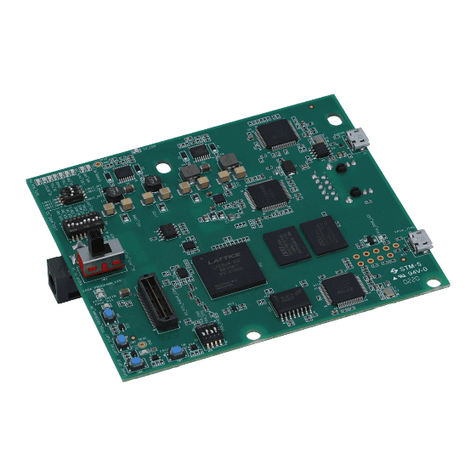
Texas Instruments
Texas Instruments DCA1000EVM quick start guide
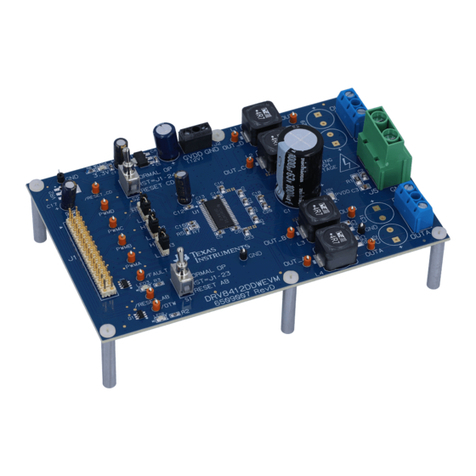
Texas Instruments
Texas Instruments DRV84 EVM Series user guide

American Megatrends
American Megatrends 43 Series user guide
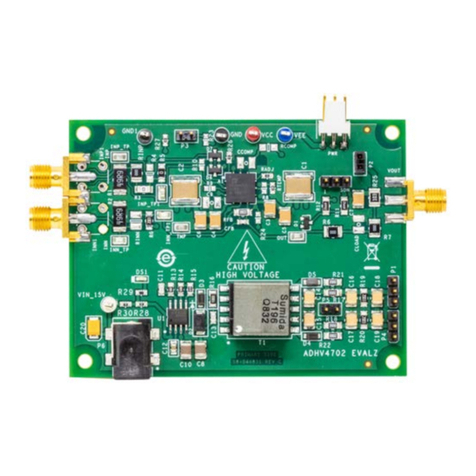
Analog Devices
Analog Devices EVAL-ADHV4702-1CPZ user guide

Biostar
Biostar IDEQ 200T Bios setup manual

